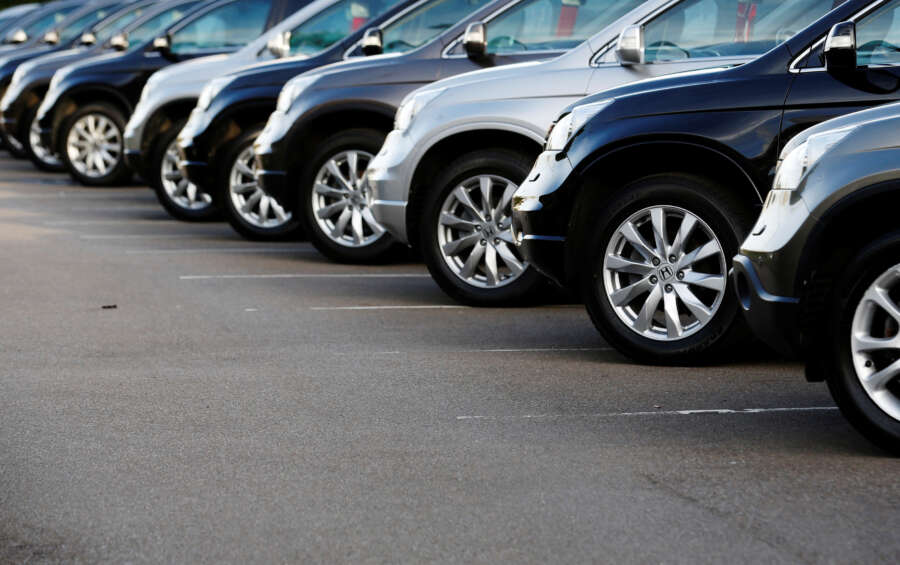
Fitting Advanced Driver Assistance Systems (ADAS) on all cars in the United Kingdom could reduce car crashes by 24%[i], but the jury is out about whether drivers are willing to accept this technology, according to Venson Automotive Solutions. The latest survey of 300 UK motorists[ii] by the fleet specialist has revealed that although nearly three quarters (73%) of drivers would use parking assistance if they had it, many of the features more commonly used at speed and designed to reduce accidents are less popular.
Venson research shows that only 45% of drivers say they would use Automatic Emergency Braking (AEB) if it was available on their vehicle and although more were willing to use a Collison Warning System (64%), only 43% saw the benefit of Lane Keep Assist.
Meanwhile, just 44% of drivers questioned say they would use overtaking sensors if they had them. Comments Alison Bell, Operations Director for Venson, “Car technology is moving at pace, but our research suggests that drivers’ willingness to adopt it may not be keeping up. With semi-autonomous technology providing such clear safety advantages, it is vital that drivers feel comfortable using it. These results suggest that businesses should incorporate the benefits of and how to use ADAS into their regular driver training programme.”
Meanwhile, whilst reducing fuel consumption remains a high priority for many businesses, research reveals that a significant number of drivers would choose vehicle performance over efficiency – with just 56% of drivers saying they would use eco driving mode if they had it. As fleet management plays its part in hitting corporate environmental targets, drivers of fleet vehicles should be encouraged to use the use eco driving mode when it’s appropriate to do so. This will not only save money but also help prevent harmful emissions.
Despite a muted enthusiasm for some of the current ADAS features, drivers showed interest in the technology of the future[iii]. 50% of the drivers asked would like to see Adaptive Wheels technology on their car when it‘s available, for automatic adjustment to best suit the road conditions. 57% liked the idea of Intelligent Glass, built-in sensors that darken the glass in bright sunshine. Once again though, there seemed a reluctance to accept technology that is used at speed to automatically move or stop the car. Only 38% of drivers would welcome Turning Assistance in their future vehicle, which is being developed to sense vulnerable road users and will automatically stop a car from turning.
Alison Bell concludes: “The technology in the cars we drive is changing quickly. In theory, self-driving cars could be on UK roads by 2025 but it seems that many drivers still have a steep learning-curve to take with the current technology. Helping drivers to understand ADAS will pave the way for adoption and acceptance of future technologies, all supporting the objective of reducing accidents on our roads.”
[i] https://www.ul.ie/news/ul-lero-research-shows-advanced-driver-assistance-systems-could-reduce-road-crashes
[ii] Venson asked 300 motorists, which semi-autonomous features they would use if they were available in the car they are driving
[iii] Venson asked 300 motorists, with car technology moving at a pace, which vehicle technology of the future would they like to see in cars


